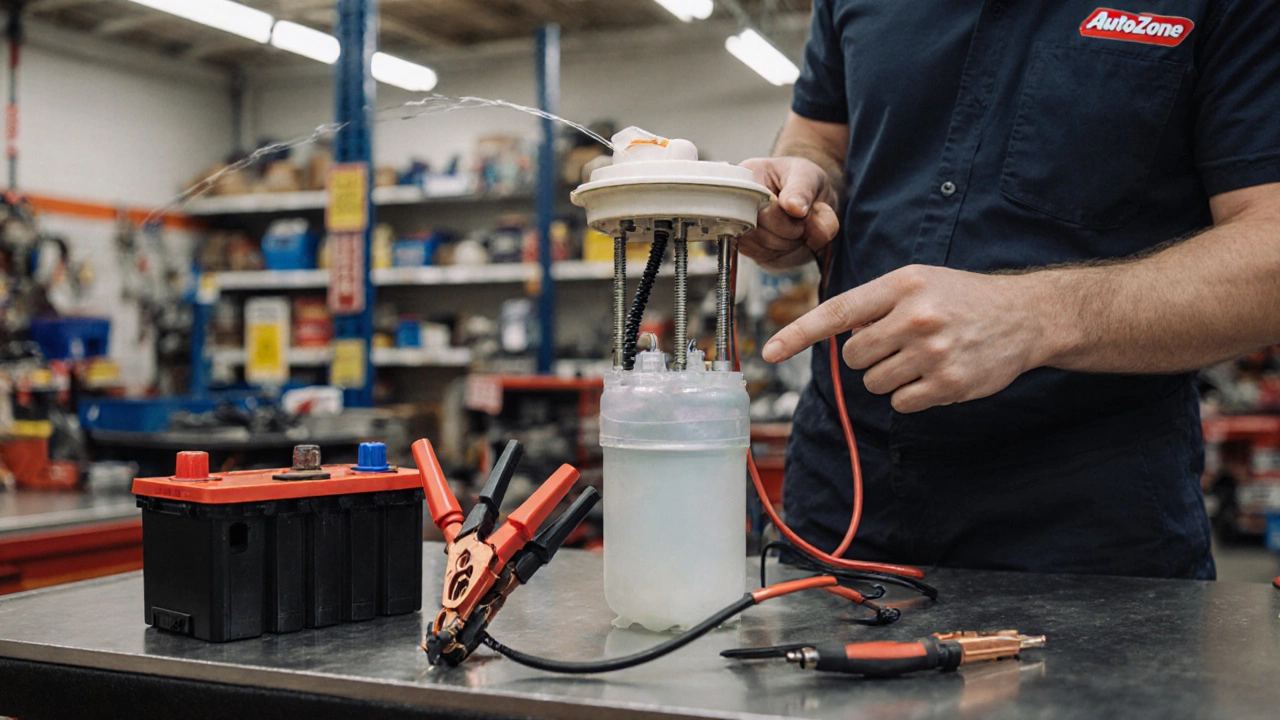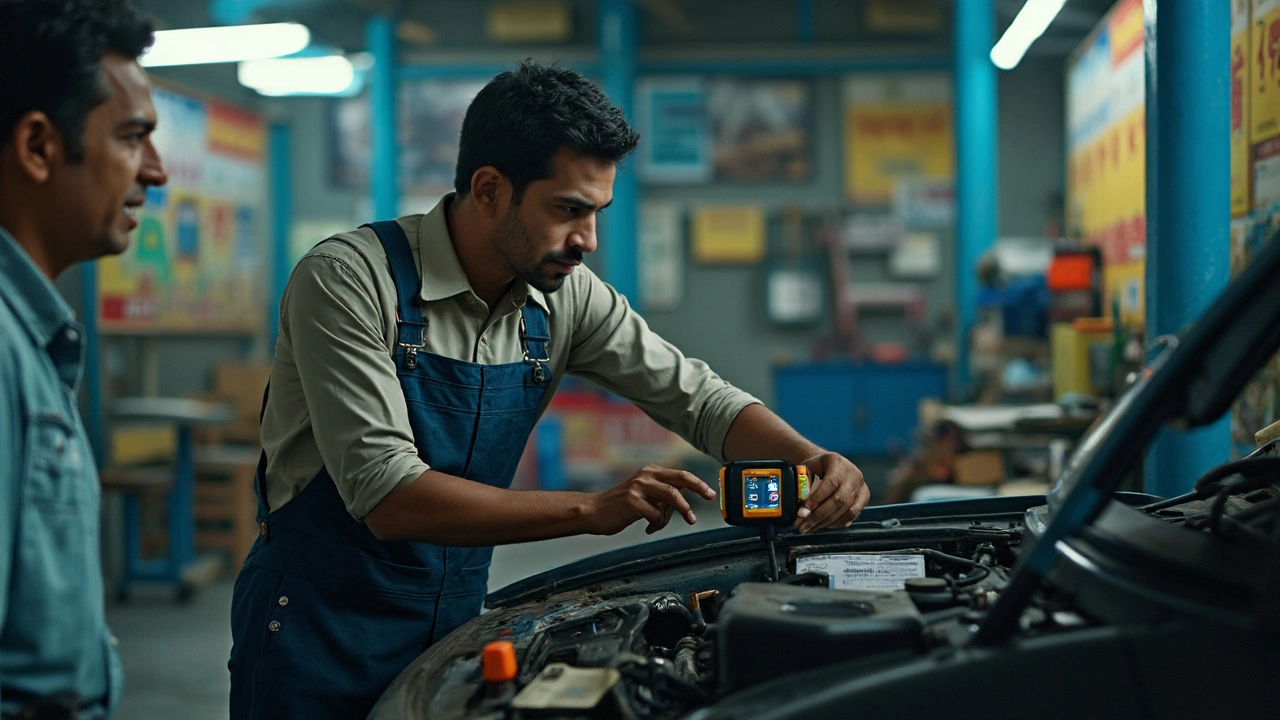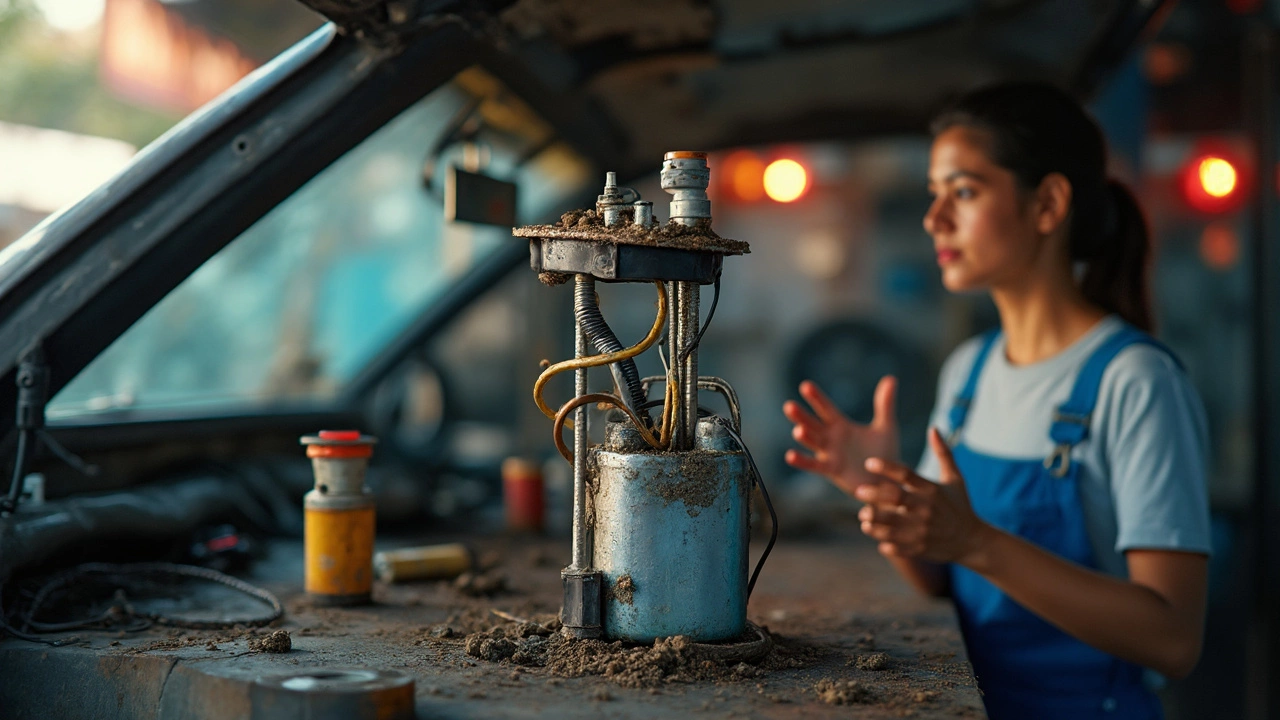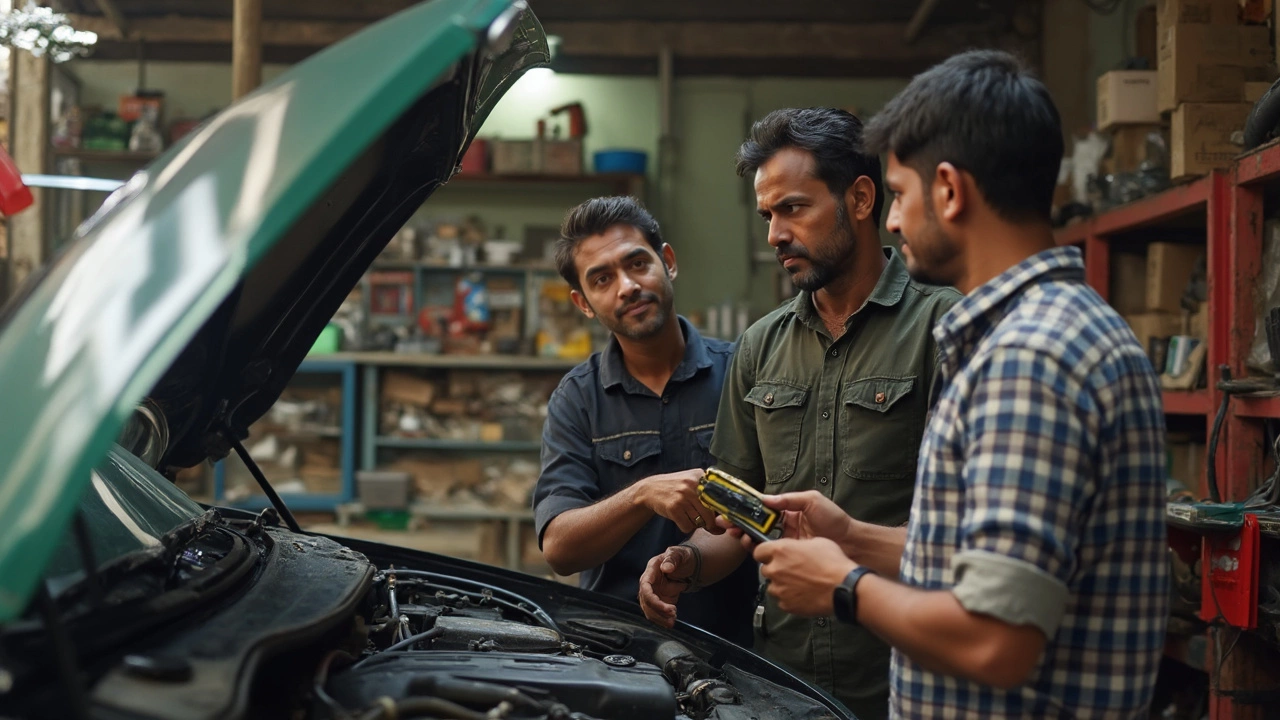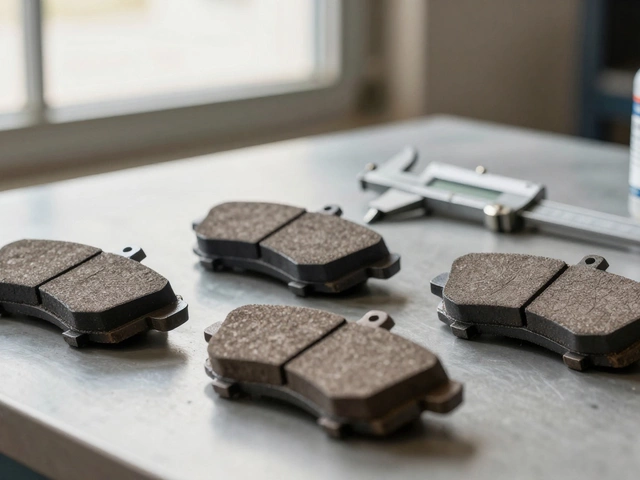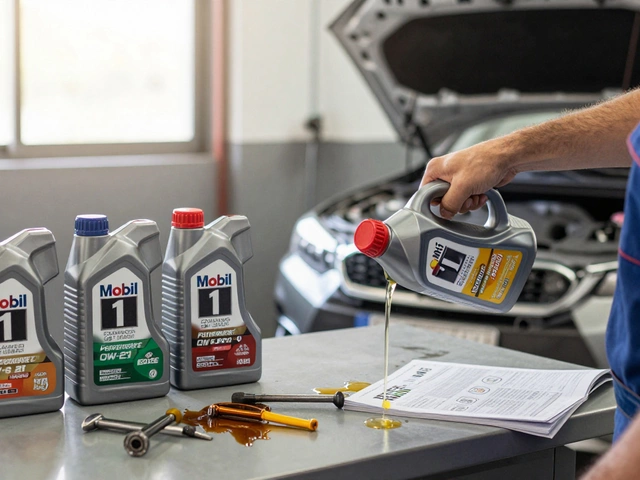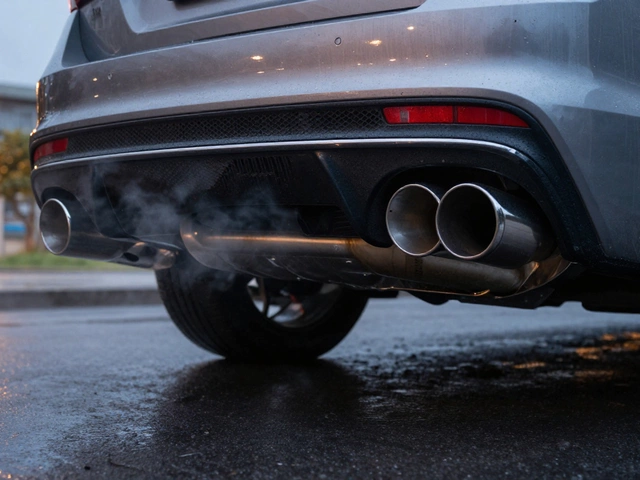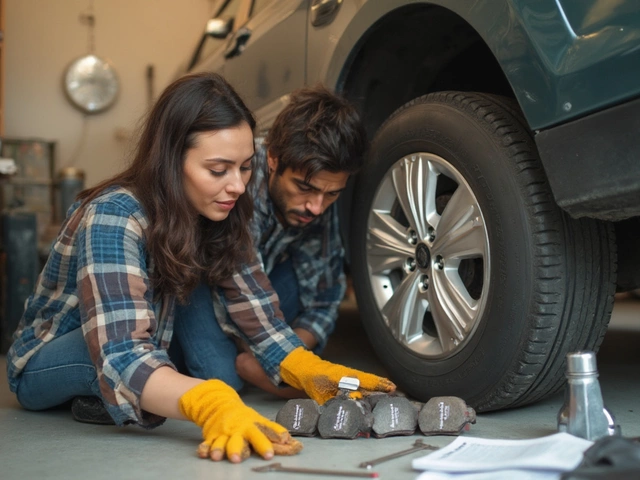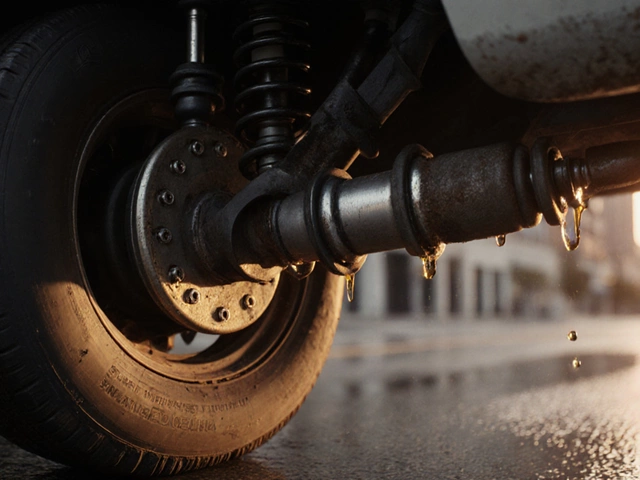Fuel System Basics, Problems & Fixes
Everything that makes your engine run starts with the fuel system. It moves gasoline from the tank to the engine, controls pressure, and makes sure the right amount reaches the spark plugs. When any part of this chain breaks, you feel it as stalls, hard starts, or a loss of power. This page shows you the most common issues and how to deal with them without a huge bill.
How to Spot a Bad Fuel Pump
A failing fuel pump is the #1 culprit in fuel‑system headaches. Listen for a whining or sputtering noise when the engine is running – that’s a common sound of a pump on its last legs. Next, watch for these symptoms: the car hesitates before accelerating, stalls at idle, or takes a long time to start. If you see a drop in fuel mileage, the pump might be starving the engine.
One quick test is to turn the key to the “on” position without starting the engine. If you hear the pump buzz for a few seconds, it’s still getting power. No sound? Check the fuse and relay before assuming the pump is dead. A mechanic can confirm the problem with a pressure test, but you can often rule out other causes by checking the fuel filter and fuel lines first.
What to Do When the Pump Fails
If the pump quits while you’re driving, you’ll notice a loss of power and the engine may die. The safest move is to pull over, turn the ignition off, and call for help. Trying to keep driving can damage the fuel injectors and cost more later. If you’re near home and the car still runs, keep it moving slowly to a garage – but avoid high speeds.
Replacing the pump costs $400‑$800 on average, depending on the vehicle. Labor can add $200‑$300, so shop around for quotes. Some cars let you swap the pump yourself; others require dropping the fuel tank. If you’re handy, follow a guide that walks you through disconnecting the battery (yes, resetting the battery won’t reset the pump, but it’s a good safety step) and removing the old unit.
Before you spend money, double‑check the check‑engine light. A fault code P0087 or P0088 often points to low fuel pressure, which could be a pump issue or a clogged filter. Replacing the filter is cheap and sometimes solves the problem.
Regular care can keep the pump alive longer. Use clean fuel, avoid running the tank low (the pump can overheat), and replace the fuel filter every 20‑30 000 miles. If you notice the pump whining, schedule a repair early – it’s cheaper than a complete system failure.
Bottom line: know the signs, act fast, and you’ll avoid getting stranded. The fuel system may sound technical, but with a few simple checks you can save time, money, and a lot of stress.

Will a Car Run with a Dead Fuel Pump? What Really Happens
A car cannot run with a dead fuel pump. If your engine cranks but won’t start, and you’ve ruled out the battery and spark plugs, the fuel pump is likely the culprit. Learn the signs, what to check, and why ignoring it costs more.
CONTINUE READING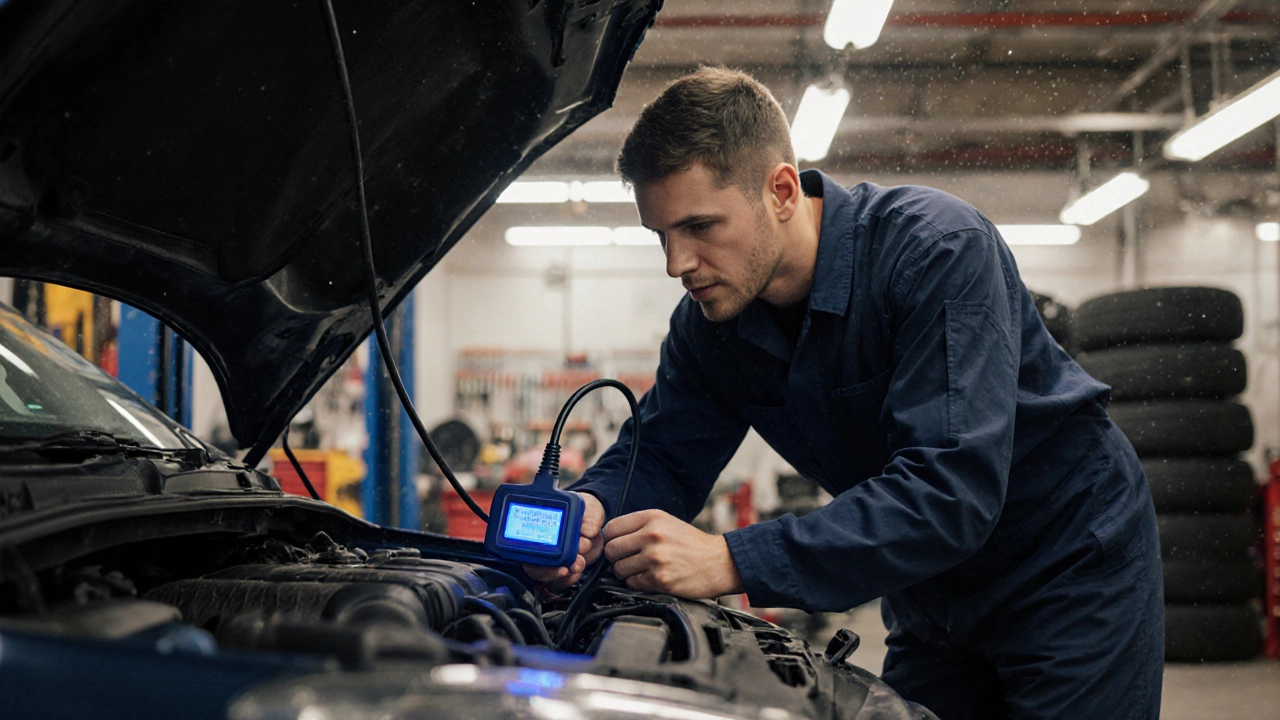
Fuel Pump Repair Time: How Long Does It Take to Fix a Fuel Pump?
Find out how long a fuel pump repair takes, factors that affect timing, DIY steps, and tips to speed up the job.
CONTINUE READING
Will Resetting the Battery Reset the Fuel Pump? Straight Answers for Car Owners
Wondering if disconnecting your car battery will reset your fuel pump? This article breaks down what actually happens when you reset your battery and how it affects your car’s fuel system. Get clear, actionable tips on how fuel pumps are controlled, common fuel delivery issues, and what you should try if your pump isn’t working. We’ll even share some mechanic-tested steps for real troubleshooting. No jargon—just honest answers to get you back on the road.
CONTINUE READING
Fuel Pump Problems: How to Tell If Yours Needs Replacing
This guide breaks down the signs that your car might need a new fuel pump. You'll learn what symptoms to watch for, why a bad pump causes problems, and how to make smart choices about replacing it. Save money by catching issues early and avoiding roadside surprises. These tips cover real-world situations and common mistakes. Whether you're dealing with random stalls, strange noises, or slow starts, this article can help.
CONTINUE READING
Fuel Pump Failure Symptoms: Spot the Signs Before You’re Stranded
Ever notice your car stalling or struggling to start? It could be your fuel pump waving a red flag. This article cuts through the guesswork and lays out the most common symptoms of fuel pump failure, so you don’t get stuck roadside. You’ll find relatable examples, clear tips, and things to check before calling a tow. Get the inside scoop on what’s really going on under the hood.
CONTINUE READING
How Much Should It Cost to Replace Your Fuel Pump?
Figuring out the cost to replace a fuel pump can be tricky since prices vary by vehicle type, labor rates, and parts. On average, you might be looking at $400 to $800, but certain vehicles could push costs even higher. This guide walks you through the components of the fuel pump, factors affecting cost, and tips for saving money. Knowing what to expect can help you manage your budget and ensure your car stays running smoothly.
CONTINUE READING